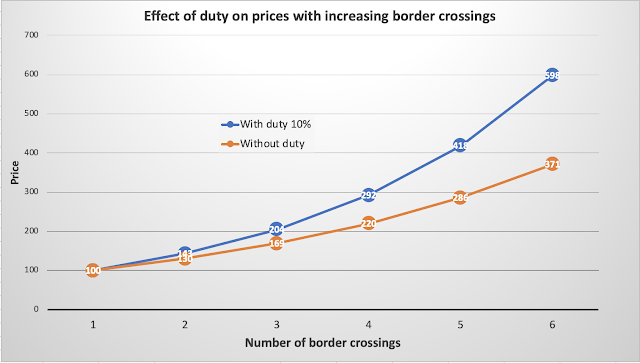Understanding beef-ban, prohibition and prostitution in India through repugnant market theory
Bans are not always effective as we know. Gujarat's prohibition has given rise to a thriving black market for liquor, whereas the ban on prostitution has held up relatively well in India with only a small steady state black market that has not grown bigger. Selling and consumption of beef on the other hand, where banned, has been effective to a large extent - to the detriment of the health of cattle and leather industry - as was witnessed during recent ban on cow slaughter in Uttar Pradesh. Bans are blunt instruments. It is necessary for a policymaker to study the effects from the prism of effectiveness of achieving policy objectives of a ban, over the negative externalities, and also lack of effectiveness arising due to administration issues. It is not that a stiffer punishment would automatically lead to desired outcome. To cite an extreme example, rape in India attracts imprisonment of 7 to 10 years. Murder attracts life term or hanging. If the punishment of rape is inc
